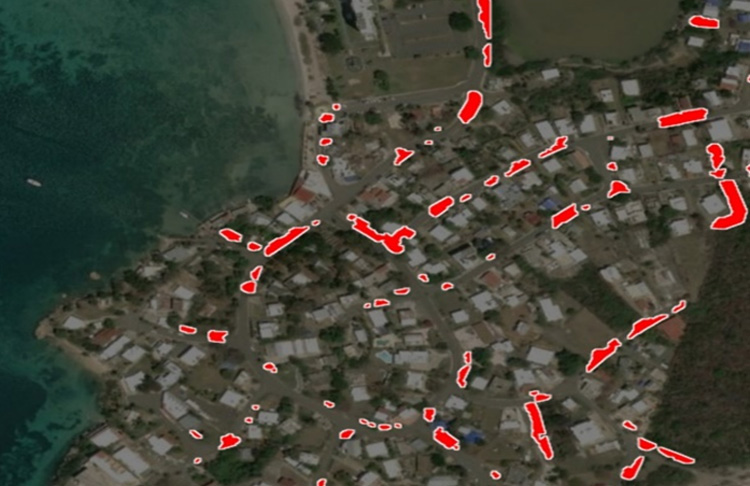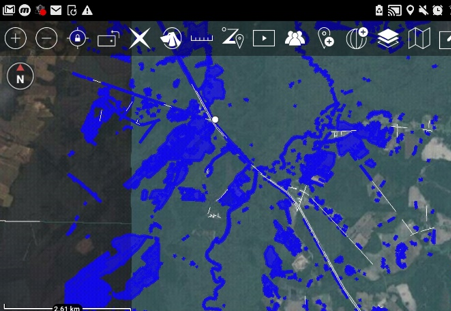DoD AI in Disaster Response Demonstrates Progress, Promise for Future
- By: The JAIC

This year’s extensive flooding across the Midwestern and Southern United States affected close to 14 million Americans. What became known as “The Great Flood of 2019” contributed to the wettest year on record in the United States. According to the National Oceanic and Atmospheric Administration (NOAA), nearly 38 inches of rain fell across the affected regions, which is 8 inches above average. As water levels steadily rise in low-lying areas following heavy rains, hurricanes, and tsunamis, the ability to provide rapid relief to storm survivors is abundantly critical. This can be accomplished more efficiently with access to accurate and rapid data.
The Department of Defense (DoD) Joint Artificial Intelligence Center (JAIC) is partnering with NOAA, National Geospatial-Intelligence Agency, the Civil Air Patrol, Federal Emergency Management Agency (FEMA), and the University of Hawaii’s Pacific Disaster Center (PDC), to develop an AI-enabled flood and damage assessment. This effort consists of:

HADR uses flood line detection imagery to detect where water has encroached beyond normal borders
- Flood line detection that uses overhead imagery from aircraft and satellites to identify those areas where water should not be present, or where water has encroached beyond normal borders, such as an overextended pond or lake
- Damage assessment that evaluates flood damage using FEMA’s four assessment categories: affected, minor, major and destroyed
- Road obstruction detection that uses overhead imagery to locate road obstructions and identify available routes to safely deliver supplies and remove flood victims
"Our partnership with the Department of Defense Joint Artificial Intelligence Center is helping to create viable options with emerging technology innovations that increase disaster resilience over the long term,” said Mr. Tim Manning, Director of D.C. Operations for the Pacific Disaster Center. “These innovations are critical as we work alongside our interagency partners to save lives and reduce disaster impacts.”
As part of this critical work, the Johns Hopkins University Applied Research Lab (JHU APL) developed a prototype of an AI-enabled damage assessment user interface (UI). This fall, the JAIC’s Humanitarian and Disaster Relief (HA/DR) team conducted their first successful test with the Indiana National Guard Unclassified Processing, Analyzing, and Dissemination (UPAD) team for their feedback and evaluation to improve the UI.
The JAIC HA/DR mission initiative team aims to utilize user feedback received from informational forms and onsite customer interface with its interagency partners in government and commercial industry. Using this valuable feedback, the JAIC will improve the UI interface model for deployment of AI-enabled capabilities in the near future.
In 2020, the HA/DR mission initiative will continue to develop and deliver AI capabilities that improve humanitarian response, working with partners both at home and abroad. The lessons learned will inform the capability development of other JAIC mission initiatives as the organization seeks to transform the DoD through AI.